Description
The Traditional Spelling series is a comprehensive phonetic approach to teaching spelling and completes our Reading & Phonics program. Following our award-winning First Start Reading and Classical Phonics, the next step towards mastery of phonics is Traditional Spelling IV.
Designed for students who have mastered reading “Consonant-Vowel-Consonant” words and their short vowel sounds, Traditional Spelling is intended to follow a phonics-based kindergarten program such as the Memoria Press First Start Reading program through Book D.
Traditional Spelling was the vision of Cheryl Lowe, internationally acclaimed author, educator, and founder of Memoria Press and Highlands Latin School. The phonics focus content and spelling words were purposefully chosen by her. Paired with StoryTime and More StoryTime Treasures in first grade or with the literature study guides in second grade, Traditional Spelling IV provides an extensive, mastery-based study of phonics for spelling and reading.1.25
What is Special About Traditional Spelling?
- No incorrect words. Students are never given a list of incorrect spelling words and asked to choose the one that is spelled correctly. Incorrect words tend to confuse spellers who are working to master and remember correct spelling, and the visual of an incorrectly spelled word can stick with young readers.
- Color-coded phonograms. The main focus of each lesson is on the phonograms being taught, but all aspects of each word are addressed. In each lesson, students identify consonants and consonant teams/blends with one colored pencil, and vowels and vowel teams with another. This aids in visualization of each word and its phonetic chunks, and makes students better decoders as they begin to see patterns in words.
- Words in context. In addition to workbook activities, each lesson features a short story on the student’s reading level that utilizes that week’s spelling words.
- Sound dictation. Through oral dictation, students practice writing phonograms in isolation, words by themselves, and writing complete sentences containing select list words. These activities auditorily train students to hear phonetic differences and to visually highlight phonetic chunks.
- Vocabulary Building. Students get practice through workbook activities and scheduled skill-building activities with the various meanings of list wordsCompanion Products

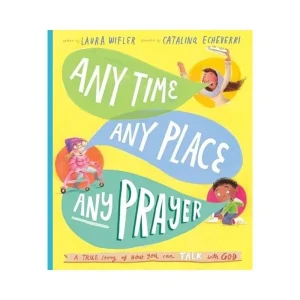
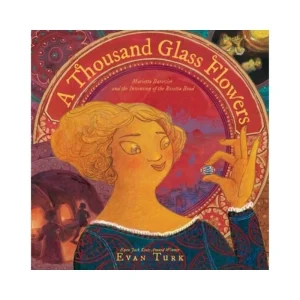
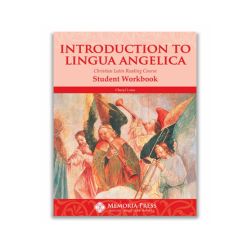
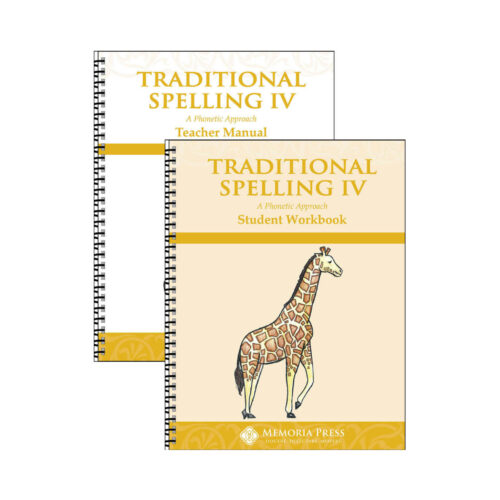


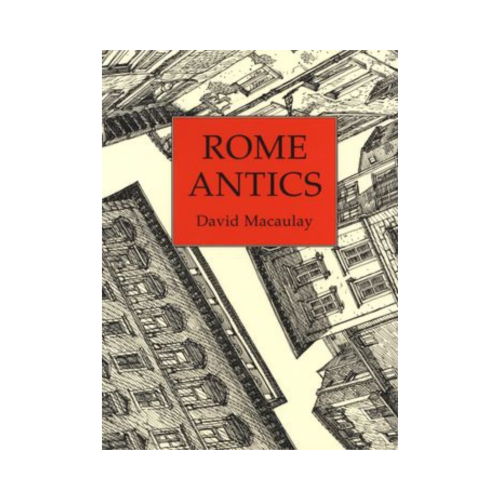
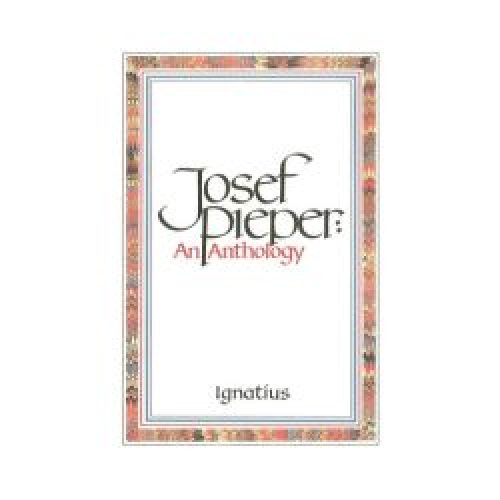


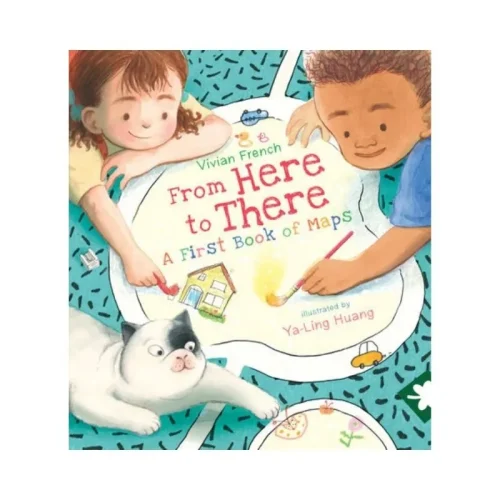
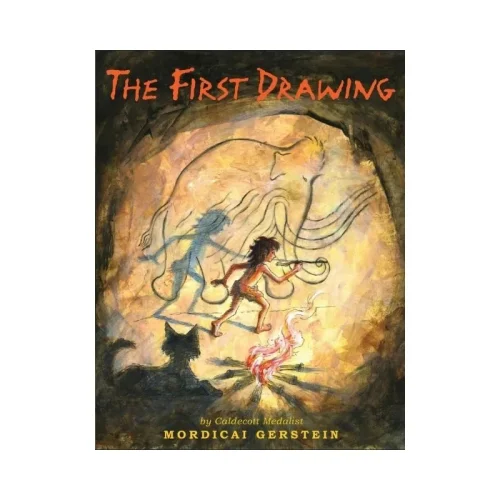



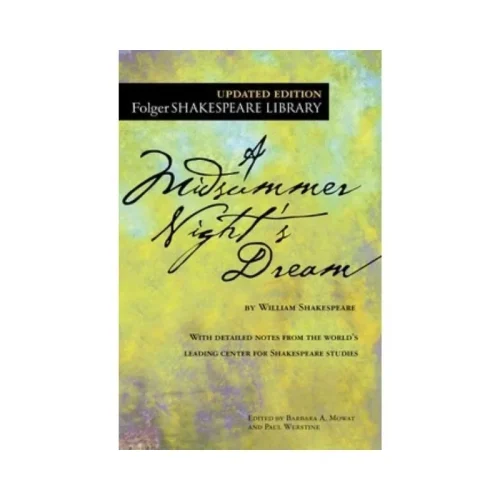
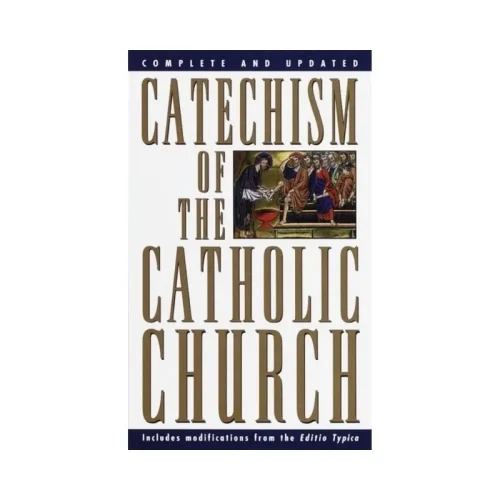
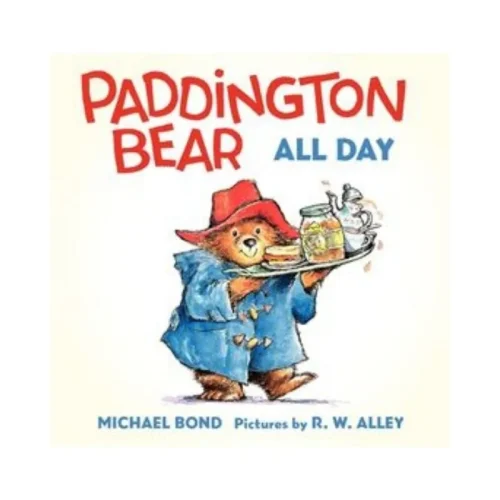
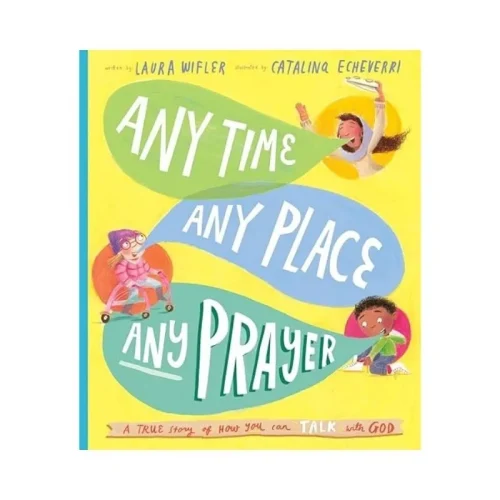

Reviews
There are no reviews yet.